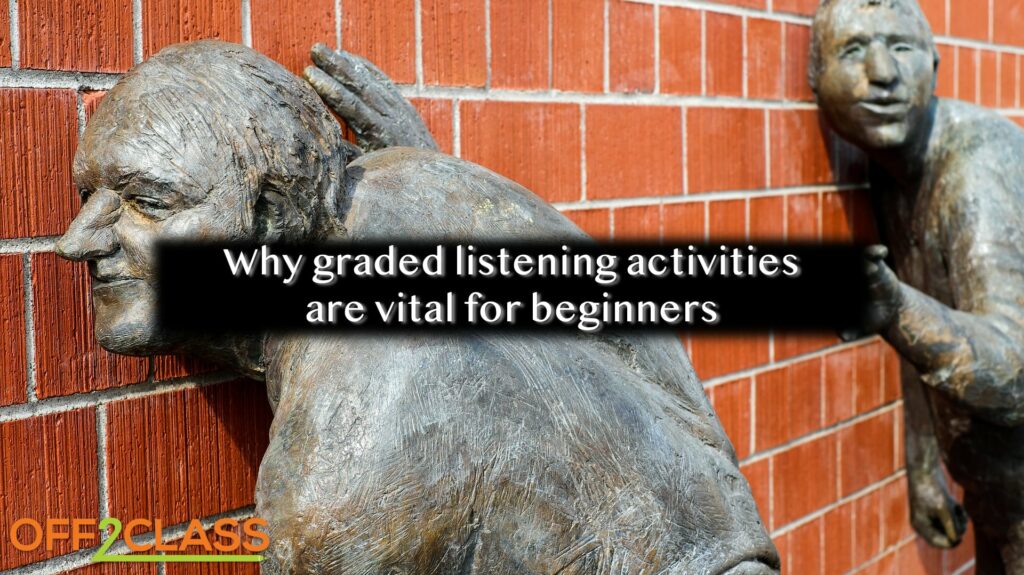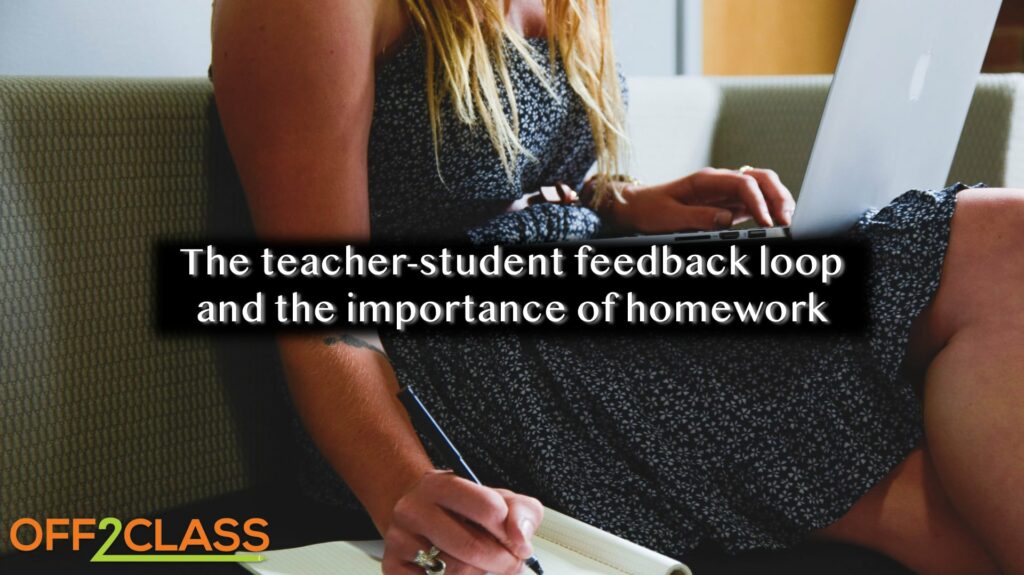6 min read
Share this post

It can be difficult to teach beginner ESL students, but in this post we explore classroom-tested strategies that will help you become a better beginner teacher! To learn even more about beginners, you can register for a webinar where we’ll explore all of these topics plus more. You can register for the webinar here:
.
.
.
.
.
In this first section of the article, I’ll talk about two things you need to know as you approach beginners. Think of this first part as what you need to know before you first step into the classroom.
.
.
The first thing to keep in mind with beginners is that, since they don’t understand much, you can’t explain much. It may seem counter-intuitive, but instructions should be kept to a bare minimum! With intermediate and advanced learners, you can go off on tangents and explore things your students are interested in. Because of the lack of language, it’s much harder to do that with beginner students. The goal here is to keep your instructions just short and to the point enough to teach them. At this level, students aren’t going to ask you any tough questions. They’ll mostly just ask what words mean!
.
.

.
You’ll quickly discover if you have some students who are absolute beginners (who don’t know any English at all), and others who are false beginners (who already know a few words). Because of this disparity, it may take some time before you understand the pace that the class can you. You might do the first lesson in 15 minutes, the second lesson in 20 minutes, and then hit a wall when you reach the material that students are completely unfamiliar with. False beginners will go through the things they already know quickly — and then it suddenly stops. Keep an eye out for this, because it requires flexibility from the teacher!
.
.
In this second section of the article, I’ll talk about three go-to activities that are crucial to teach beginner ESL Students. At least one of these (preferably two) should be in every lesson plan you teach!
.
.

.
You may be familiar with the famous statistic that only 7% of communication is verbal. That means non-verbal accounts for a whopping 93% of all communication. This is the perfect thing to take advantage of when it comes to beginners! We say far more with our bodies, our faces, and our tone of voice than we do with our words. When you teach beginners, make sure you’re using every bit of that 93%. Exaggerate your movements and your faces. While it might seem silly if you did this in a room full of native speakers, your beginners will understand much more! Even better, your learners will follow your example, and it will make them more effective communicators.
.
.

.
Realia is the practice of using everyday objects as teaching aids. This is a fantastic thing to do with beginners because it will start to give them a sense of mastery over their world. Teach them the names of the items they have with them, things on their desks, or around the classroom. Don’t worry if it doesn’t have a broader application than this moment; at this level, confidence is everything, and this will give them a tangible “win.”
.
.

.
Beginners hear things all around them that are incomprehensible. They may be exposed to natives speaking, television and movies, YouTube, and more. To a beginner it’s all gibberish, and it can be frustrating. Many beginners therefore crave listening activities they can actually understand. Just like I wrote above with realia, understanding something they hear gives them a boost of confidence and encouragement. When you work with beginners, find as many appropriately graded listening activities as you can.
.
.
Now, let’s get deep! In the last part of the article we’ll look at some advanced strategies for beginner ESL students to help keep motivation up and to do your best to ensure that your learners stick with it!
.

.
Overworked teachers may see homework as a necessary evil — and they may be correct — but it’s vital for beginners. One of the best ways to motivate a beginner is to get the classroom-homework loop established. Homework is empowering for students because it allows them to show the teacher what they’ve learned, especially the quieter students. And when teachers validate that work, it’s motivating. It builds confidence and it also helps students stick with learning when it gets tough. Start this from the beginning because it builds good habits!
.
.

.
in the A1 classroom, students can hit a wall very fast when they encounter new material for the first time, so you need to be attuned to where they’re going. It’s all smooth sailing with “good morning,” “how are you?” “I’m fine,” but the moment you add something complicated like “isn’t’” which is negative, irregular, and a contraction, the previously rapid progress can come to a screeching halt. Just as with any undertaking as difficult as learning a language, not everyone who begins the journey will complete it. More people give up learning at the early stages than any other part. As a teacher, you’ve got to walk the line between moving slow enough to encourage the weaker students without ignoring your stronger students. That means knowing which exercises are OK to skip and which aren’t, when to speed up, and when to slow down.
.
.
I hope you enjoyed these practical and experience-tested strategies to teach beginner ESL students! If you want to go even deeper on this topic, we’re hosting a webinar where we’ll discuss these topics plus more. It will be a workshop where you can learn more about beginners, ask questions, and make sure you’re the best teacher you can be!
.
Share this post



6 Comments
Great!Thank you.
you’re welcome!
Really cool article on how to manage classes to beginners.
I’ve been doing these things anecdotally.
And, it is rewarding to realize that I am on the right track.
This year, I have lost 8 students so far. I hope it stops there.
I do not usually lose beginners. I use a lot of body language with them.
It’s a tiring class, but it’s fun.
Last week my intensive class laughed until they cried in class.
It was an internal joke and it has to do with L1, so it’s kind of difficult to explain it here.
But, it was fun.
Thank you for the article.
It makes me feel better with my classes.
So glad to hear it, Pedro, and glad you’re having fun with your beginners. It’s not easy!
I enjoyed reading your suggestions. Although I’m trying quite a few of these, there are a few others which need to be applied to prevent drop-outs. One of these is differentiating between the absolute and false beginners!
Yes, that’s mentioned in the post!